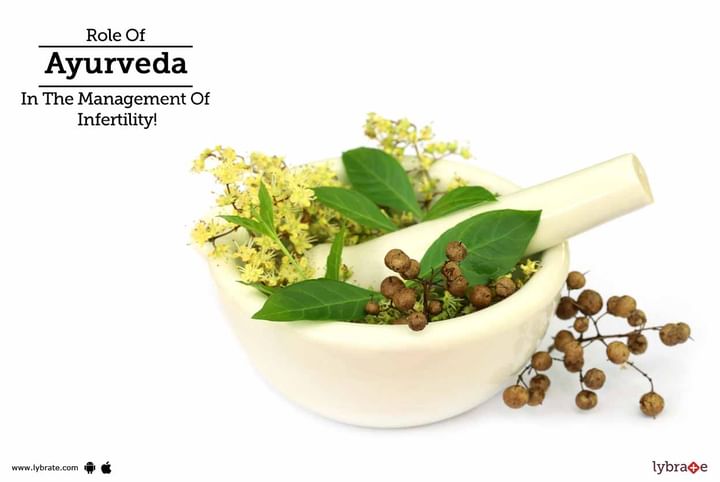Role Of Ayurveda In The Management Of Infertility!
Infertility is the failure to conceive (regardless of cause) after 1 year of unprotected intercourse.
Types of Infertility
- Primary infertility: Infertility in a couple who never had a child
- Secondary infertility: Failure to conceive following a previous pregnancy
Epidemiology, Incidence, and Prevalence
In the United States, around 10% of women aged 15-44 years are estimated to have difficulty conceiving or staying pregnant. Worldwide, 8%-12% of couples experience fertility problems.
Causes
Female factors that affect fertility include the following categories:
- Cervical: Stenosis or abnormalities of the mucus-sperm interaction
- Uterine: Congenital or acquired defects; may affect endometrium or myometrium; may be associated with primary infertility or with pregnancy wastage and premature delivery
- Ovarian: Alteration in the frequency and duration of the menstrual cycle—Failure to ovulate is the most common infertility problem
- Tubal: Abnormalities or damage to the fallopian tube; may be congenital or acquired.
Male factors that affect fertility include the following categories:
- Pretesticular: Congenital or acquired diseases of the hypothalamus, pituitary, or peripheral organs that alter the hypothalamic-pituitary axis
- Testicular: Genetic or nongenetic
- Post-testicular: Congenital or acquired factors that disrupt normal transport of sperm through the ductal system
Laboratory, Imaging, and/or Surgical Evaluation Laboratory, radiologic, and/or surgical assessment of the female:
- Uterine and endometrial: Hysterosalpingogram, pelvic ultrasonograms; pelvic magnetic resonance imaging; hysteroscopy; endometrial biopsy
- Tubal and peritoneal: Laparoscopy and Hysterosalpingogram (HSG)
- Ovarian: Progesterone levels, follicle-stimulating hormone and estradiol levels and Anti-Mullerian hormone levels
Laboratory evaluation of the male:
- Semen analysis: Volume, pH level, concentration, motility, morphology, and WBC count
- Sperm function tests:
- The acrosome reaction test with fluorescent lectins or antibodies
- Computer assessment of the sperm head
- Computer motility assessment
The Scope of Ayurvedic Treatment in the Management of Infertility
The main ayurvedic treatment goals are purification and functional optimization of the “reproductive tissues” (arthava- and shukra-dhatu) of both sexes. According to Ayurveda, reproductive health is primarily determined by the health of tissue metabolism and nutrition, both being ultimate requirements for conception.Therefore, general panchakarma purification measures usually initiate the treatment sequence. While purgation is almost always recommended, other cleansing measures are optional and may include medicated enema, emesis, and blood purification.
Based on the Ayurvedic diagnosis vandhyatva and considering constitutional factors, various tailored treatment protocols are carried out during an individual 90-min session and discussed with the patient. These factors usually involve a combination of constitution- and disease-based dietary (ahara) and lifestyle (vihara) advice, including daily intranasal self-massage, gargling, and self-body massage with sesame oil; regular administration of herbs (aushadhi: combination of the fine powders of Withania somnifera, Bacopa monnieri, Asparagus racemosus, and Tinospora cordifolia); nutritional supplements (Chyavanaprasha linctus); abdominal massage with Dhanvantara oil; and local oil applications on the lower back (kati-basti), and nasal applications of medicated fats (nasya with brahmi-ghrta).



+1.svg)
